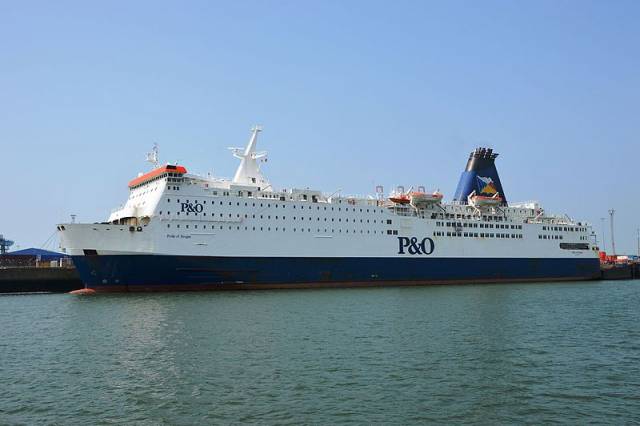#FerryNews - According to the Edinburgh News, a ferry company has said it is willing to enter talks with the Scottish Government about a new ferry route between Scotland and Scandinavia.
P&O Ferries said it was “always looking for new opportunities” after SNP backbench MSP Angus MacDonald urged Transport Minister Humza Yousaf to call a summit with ferry operators to explore the potential for a new service between Scotland and Norway, Denmark or Sweden.
Rosyth’s freight-only ferry to Zeebrugge is currently the country’s only sea link to Europe. But a new passenger ferry to Scandinavia is seen as an opportunity to boost exports as well as tourism.
Mr MacDonald said a new ferry link could be “incredibly beneficial” to Scotland and he hoped a meeting with ferry operators could be arranged “ahead of the potential damage to our tourism sector from the impact of Brexit”.
A spokesman for P&O said: “We are always looking for new opportunities and would be happy to sit down with the relevant parties to discuss a route between Scotland and Scandinavia.”
There were more than 15 million visits to the UK from Scandinavia between 2011 and 2016, contributing nearly £8.5 billion to the UK economy. Spending by Danish visitors alone rose by 30 per cent over the five years.
In 2016, Sweden, Denmark and Norway ranked 14th, 15th and 16th for the number of visitors coming to the UK. Mr MacDonald said: “Surely it makes sense to give people another option of how to travel across the North Sea, to ensure our economy continue to benefit from tourists?”
The ferry route between Rosyth and the Belgian port of Zeebrugge opened in 2002, but the passenger service ended in 2010 and it has since been freight-only.
Mr MacDonald said the last ferry link from the UK to Scandinavia ended in 2014 which Afloat previously reported on was DFDS Seaways Harwich-Esbjerg service.
To read more on this story, click here and Afloat's piece on P&O's 180th anniversary which was marked last year.






























































